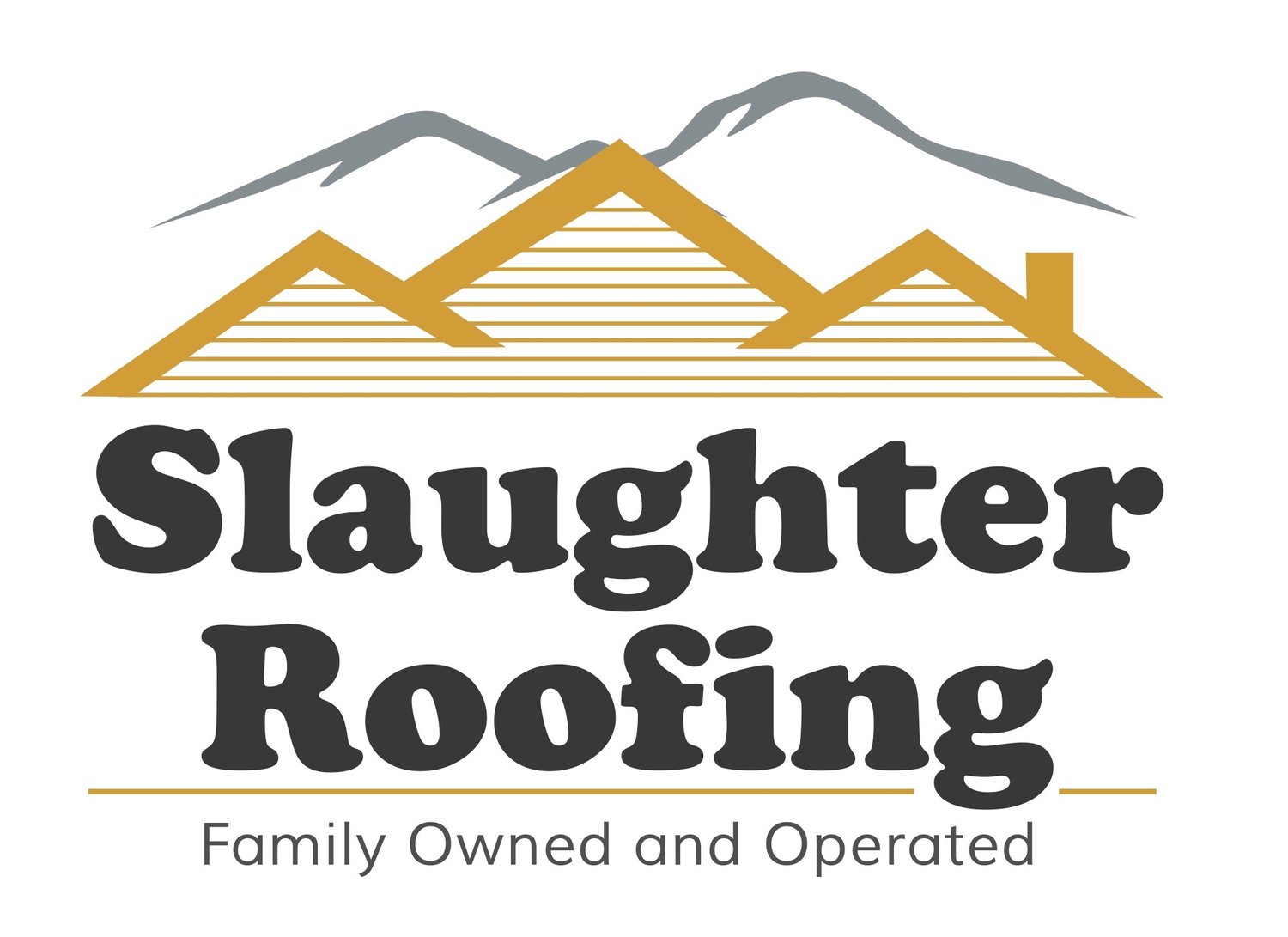How to Remove Mold from Your Roof and Why It Matters
/Mold on your roof is more than just an eyesore; it can cause significant damage if left untreated. As your trusted local roofing company we want to make sure you are informed of the damage a moldy roof can cause, how to remove the mold, and who to reach out to if its more than you can handle on your own.
Safely Removing Mold From Your Roof
Safety First: Before starting, ensure you have the necessary safety equipment. Wear gloves, goggles, and a mask to protect yourself from mold spores. Use a sturdy ladder and take precautions to avoid slipping.
Prepare a Cleaning Solution:
Chlorine Bleach Solution: Mix one part chlorine bleach with three parts water. This solution is effective in killing mold and removing stains.
Oxygen Bleach Solution: For a more environmentally friendly option, mix oxygen bleach with water according to the manufacturer’s instructions.
Apply the Solution:
Apply the solution evenly across the affected area. Be sure to soak the moldy spots thoroughly.
Allow the solution to sit for about 15-20 minutes to penetrate and kill the mold.
Scrub the Area:
Use a soft-bristle brush to scrub the moldy areas gently. Avoid using high-pressure washers as they can damage the shingles.
Rinse Thoroughly:
After scrubbing, rinse the roof thoroughly with water from a garden hose. Ensure all the cleaning solution is washed away to prevent any chemical damage to the roofing materials.
Inspect and Repeat if Necessary:
Check the roof for any remaining mold spots. Repeat the cleaning process if needed.
Repercussions of Not Removing Mold
Ignoring mold on your roof can lead to several serious issues:
Structural Damage: Mold can eat away at the roofing materials, leading to weakened shingles and compromised structural integrity. Over time, this can cause leaks and significant damage to your home’s interior.
Health Risks: Mold spores can spread into your home, causing respiratory problems and allergic reactions. This is especially concerning for individuals with asthma or other respiratory conditions.
Decreased Curb Appeal: Mold growth on your roof can make your home look unkempt and reduce its aesthetic appeal, potentially lowering its market value.
Energy Inefficiency: Mold can affect the insulation properties of your roof, leading to higher energy bills as your HVAC system works harder to maintain a comfortable temperature.
Preventing Mold Growth
Preventing mold growth on your roof is easier than dealing with it once it has occurred. Be sure to include these items in your annual roofing maintenance checklist.
Trim Overhanging Branches: Trees provide shade that can keep your roof damp, creating a perfect environment for mold. Trim branches to allow more sunlight to reach your roof.
Clean Gutters Regularly: Clogged gutters can lead to water buildup, which can seep into the roof and promote mold growth. Ensure your gutters are clean and functioning properly.
Ensure Proper Ventilation: Good attic ventilation helps regulate temperature and moisture levels, reducing the risk of mold growth. Check that your attic has sufficient ventilation.
Install Zinc or Copper Strips: These metals have natural antifungal properties. Installing strips along the ridge of your roof can help prevent mold growth.
Regular Roof Inspections: Schedule regular roof inspections with a professional to catch any potential mold issues early. Early detection can save you from extensive damage and costly repairs.
If you’re uncomfortable with tackling mold removal on your own, consider hiring Slaughter Roofing, your Northern Colorado roofers to handle the job safely and efficiently.






